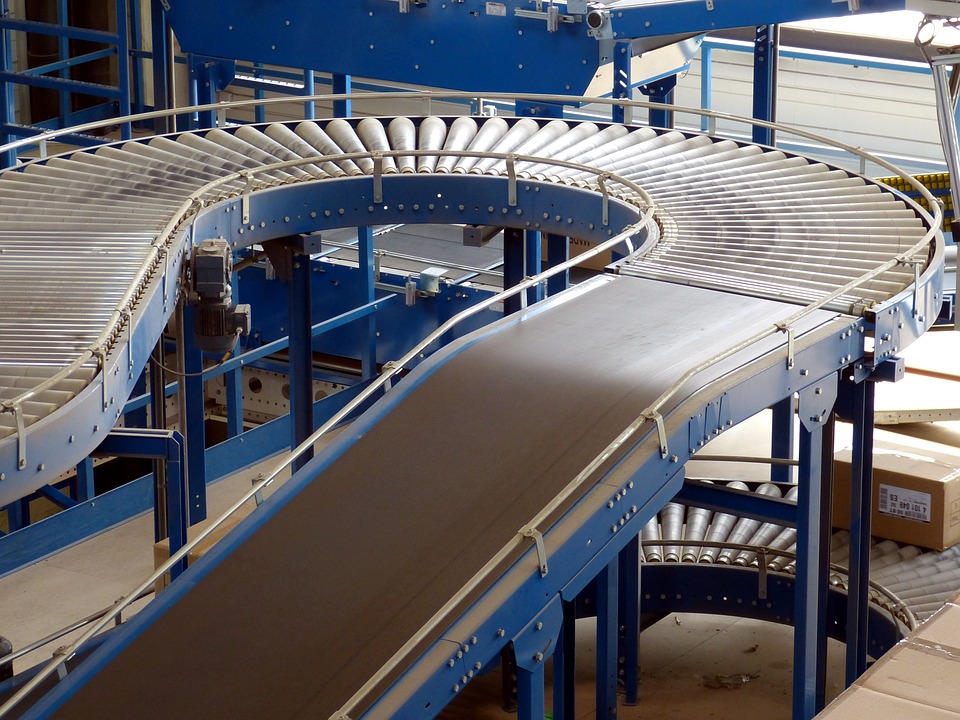A malfunctioning conveyor belt can be a literal nightmare for any operation. In addition to affecting production, it might also cost tons of money in the long run for reparation. However, there are some minor issues that can be corrected with simple troubleshooting. In this article, we’re going to address six of these issues and how to correct them.

Carry Back
Carry back happens when material sticks to the conveyor belt past the transfer point and falls off the conveyor belt’s return point. This situation can be fixed by installing additional belt ploughs and belt cleaners. Also, make sure that the cleaner blades are properly tensioned and covering the material path.
Poor Tracking
This happens when the belt is not properly positioned and drifts to one side and the other, leading to material spillage, system damage, and extensive belt wear. This can be easily corrected by installing a belt positioner or tracker. This will allow the material to stay in the belt and adds to the longevity of conveyor systems.
Belt Slippage
Belt slippage occurs when there is a loss of friction between the belt and the head pulley. This will usually lead to the belt not moving because of the pulley’s inability to grip the belt properly. A common solution to belt slippage is installing rubber or ceramic pulley lagging on the pulleys to provide more grip.
Material Spillage
This is another very common issue with conveyor belts that can be extremely frustrating. Material spillage occurs when material slips off the conveyor belt, usually at transfer and load points. One simple way to counteract this is by installing ploughs, skirt clamps or impact beds along the conveyor belt. This will significantly reduce the chances of material from spilling off the line.
Seized Rollers
One of the most devastating malfunctions with conveyor belts is when a steel roller becomes seized. This could lead to the rollers developing razor-sharp edges that could ultimately completely shut down the whole conveyor belt. To combat this, try switching to nylon rollers. Nylon rollers are immune to corrosion, which makes them more durable and won’t cause severe damage to your conveyor belt in case of a bearing failure.
Chute Blockage
Chute blockage occurs when the material doesn’t flow through the transfer chute system. When that doesn’t happen, this could block the whole line and bring your whole operation to a halt. In case your converter belt is equipped with what is commonly referred to as a “rock box”, consider investing in a high performance engineered chute that can redirect the flow of material through the system by capturing and redirecting material discharging from the head pulley and minimizing impact with gradual directional changes.
All these conveyor belt issues can be easily corrected if you take the proper precautions. The life of a conveyor belt can be greatly extended if you take care of it and address issues as soon as they arise. By following the tips in this article, you should be able to significantly improve the performance and reliability of your conveyor system.
